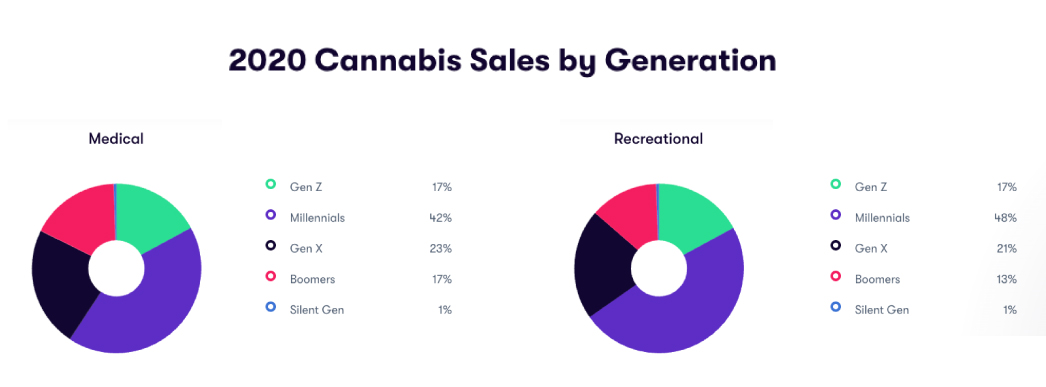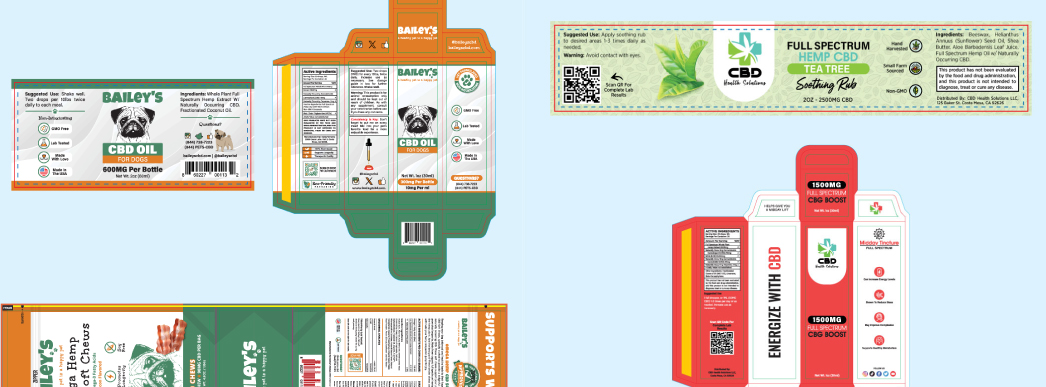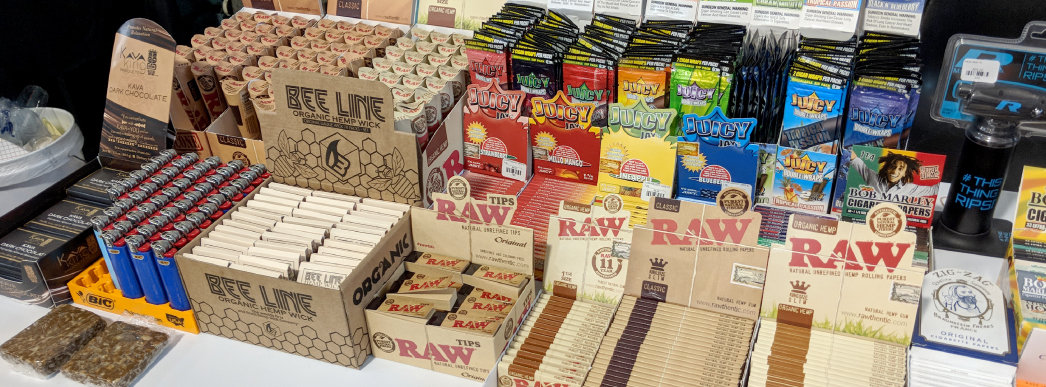The Role of Branding in the Cannabis Industry: Why It Matters and How to Get It Right
Table of Contents
- The Unique Importance of Branding in Cannabis
- Deep Market Segmentation
- Storytelling and Authenticity
- Innovative Packaging and Design
- Leveraging Data and Technology
- Building A Community
- Conclusion
Entering the cannabis industry as a small business owner offers vast opportunities, but it also presents significant challenges. One of the most critical factors for success in this burgeoning market is effective branding. Unlike traditional industries, cannabis branding requires a unique approach due to the sector’s regulatory complexities, diverse consumer base, and evolving perceptions. This article delves into why branding is vital in the cannabis industry and provides advanced strategies to master it.

1. The Unique Importance of Branding in Cannabis
Navigating Regulatory Complexities
The cannabis industry is subject to a labyrinth of regulations that vary significantly from state to state and country to country. Effective branding can help navigate these complexities by clearly communicating compliance and transparency to both regulators and consumers. For instance, brands that highlight their adherence to safety standards and ethical sourcing can build credibility and trust in a market where legitimacy is crucial.
Changing Public Perception
Cannabis is transitioning from a stigmatized substance to a mainstream wellness product. Your brand plays a pivotal role in shaping public perception. By positioning your brand as a proponent of health, wellness, and responsible consumption, you can attract a broader audience and foster acceptance among skeptics.
Attracting Investment
A well-defined brand can also attract investors. In an industry marked by rapid growth and volatility, a strong brand demonstrates stability, vision, and professionalism, making your business more appealing to potential investors.

2. Deep Market Segmentation
Gone are the days of one-size-fits-all marketing. In the cannabis industry, it’s essential to segment your market deeply. Identify distinct consumer personas such as medical patients, recreational users, wellness enthusiasts, and lifestyle consumers. Tailor your branding efforts to resonate with each segment’s unique needs and preferences.
Example: Dosist
Dosist is a brand that has successfully segmented its market by focusing on wellness consumers. Their branding emphasizes precision dosing and health benefits, setting them apart from brands that cater to recreational users (source: https://www.dosist.com).

3. Storytelling and Authenticity
In an industry that is still earning its legitimacy, authentic storytelling can be a powerful tool. Share your brand’s origin story, mission, and values. Highlight the people behind your products, their expertise, and their commitment to quality. Authenticity builds emotional connections and fosters brand loyalty.
Example: Charlotte’s Web
Charlotte’s Web has built its brand around the real-life story of Charlotte Figi, a young girl who used CBD to manage her epilepsy. This authentic narrative has resonated deeply with consumers and established the brand as a trusted leader in the CBD space (source: https://www.charlottesweb.com).

4. Innovative Packaging and Design
Packaging in the cannabis industry is not just about aesthetics; it’s also about functionality and compliance. Invest in innovative packaging solutions that are not only visually appealing but also child-resistant, eco-friendly, and compliant with regulations. Working with a design agency that understands all the elements of a strong cannabis package design is crucial.
Example: PAX Labs
PAX Labs uses sleek, minimalist packaging that reflects their high-tech, premium product positioning. Their packaging is also designed to be user-friendly and compliant with all regulatory requirements (source: https://www.pax.com).

5. Leveraging Data and Technology
Utilize data analytics to refine your branding strategies. Tools like CRM systems, social media analytics, and market research platforms can provide insights into consumer behavior, preferences, and trends. This data-driven approach allows you to tailor your branding efforts more effectively and measure their impact.
Example: Eaze
Eaze, a cannabis delivery service, uses data analytics to understand customer preferences and optimize their branding and marketing strategies. This has helped them build a strong, data-driven brand that resonates with their target audience (source: https://www.eaze.com).

6. Building A Community
Community building is a powerful strategy for cannabis brands. Engage with your audience through social media, educational content, events, and loyalty programs. Creating a sense of community around your brand can drive customer loyalty and word-of-mouth marketing.
Example: Weedmaps
Weedmaps has successfully built a community by providing a platform for users to share reviews, find dispensaries, and access educational content. Their community-centric approach has made them a trusted resource in the cannabis industry (source: https://weedmaps.com).

7. Conclusion
Branding in the cannabis industry is not just about creating a logo or a catchy tagline; it’s about building a comprehensive, authentic, and compliant identity that resonates with your target audience. By understanding the unique challenges and opportunities in this sector and employing advanced branding strategies, you can establish a strong presence and drive long-term success for your cannabis business.
References
- The Intangible Harvest: How Branding, Not Just Marketing, Can Define Cannabis Industry Leaders – Rolling Stone
- The Importance of Branding in the Cannabis Industry – MKC Agency
- Why Branding Matters in the Cannabis Industry – Cox Next
- The Importance of Branding in the Cannabis Industry – Studio Linear
- The Growing Importance of Branding for Cannabis Businesses – Cannabiz Media
- Why Cannabis Brands Fail Before They Start – LinkedIn


